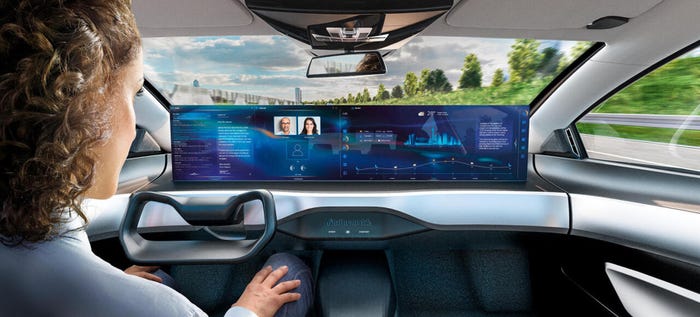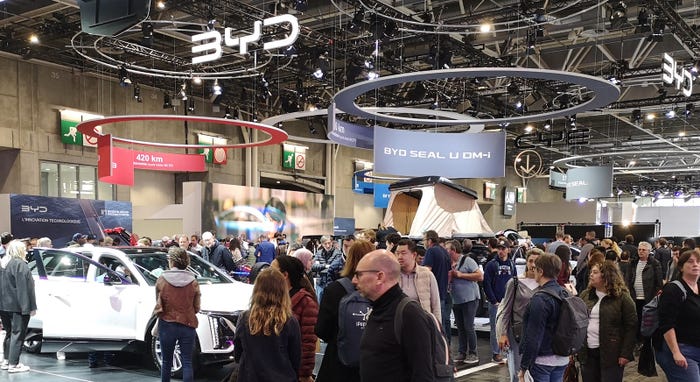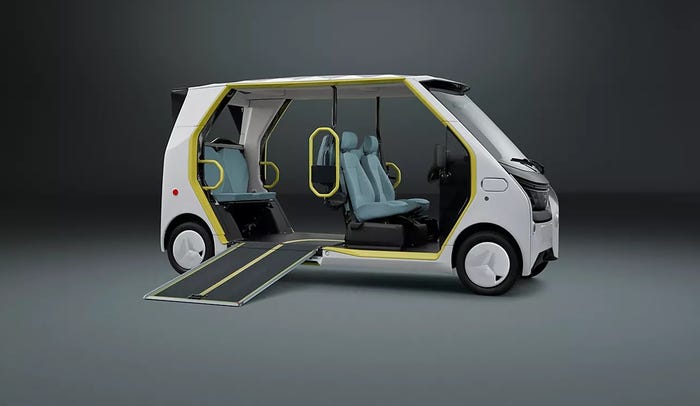Enhancing Interior Reality, Virtually
Technologies such as immersive environments, virtual reality, computer design and Industry 4.0 are transforming the way designers and engineers create the latest automotive interiors.

NOVI, MI – Innovative technologies and digitalization rapidly are improving the development of automotive interiors, affecting every part of the process from design to manufacturing.
Using physical knobs, switches, touchscreens and other controls, engineers can provide touchpoints needed to make interacting with computer-generated models as close as possible to reality, says Elizabeth Baron, founder of Immersionary Enterprises.
“The goal is to interact in immersive environments, being able to cheat the natural world to study any potential reality, seeing data in context and being as free and natural in your interactions as you can,” says Baron. “I like to tell engineers the immersive environment brings the spreadsheet to life.”
Baron spoke on a panel titled “Advanced Design and Manufacturing” at the 2019 WardsAuto Interior Conference here. She was joined by Jim Collins, vice president-Automotive at Lectra, and Graeme Stewart, senior director-engineering and new business development at Tachi-S North America.
Stewart notes computer tools are enabling the design and engineering of seats using simulations, 3D prototyping and direct links to leather- and fabric-cutting machines to rapidly produce prototypes for testing.
Adding a pressure-sensing mat to the prototype allows engineers to scientifically measure seat comfort by identifying pressure points, Stewart says, permitting computer-aided design of more comfortable seats. Virtual reality, artificial intelligence and interconnections made possible by Industry 4.0 will enhance those design efforts in the future, he adds.
Lectra, which manufactures machines used to razor-cut leather for automobiles (seven of the 2019 Wards 10 Best Interiors vehicles include leather cut on Lectra equipment), already is applying Industry 4.0 connectivity and troubleshooting technologies to the operation of its equipment, Collins says.
Industry 4.0 technology prevents downtime due to machine breakdowns, permits quick response to changes in production needs and can enable everything from mass production to custom personalization, Collins says. The system also allows maximum optimization of raw materials, using some 85% of each leather hide while cutting up to 20 hides per hour.
“We’re able to fully optimize the material that goes into the plant, so there are no surprises,” he says.
The company’s latest evolution of its computer-aided cutter, the Versalis 2019, uses Industry 4.0 to enhance the machine’s ability to identify surfaces and more precisely control its razor cutting heads, says Edouard Macquin, Lectra president-Americas.
About the Author
You May Also Like



.jpg?width=700&auto=webp&quality=80&disable=upscale)

